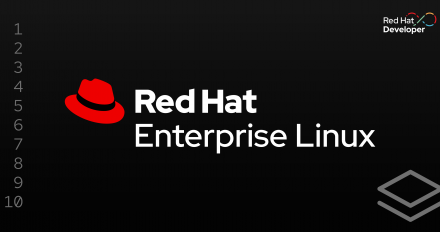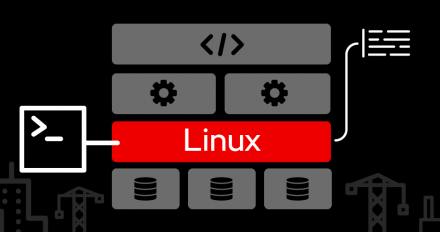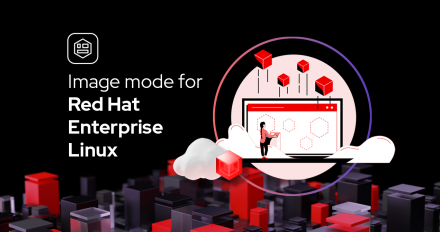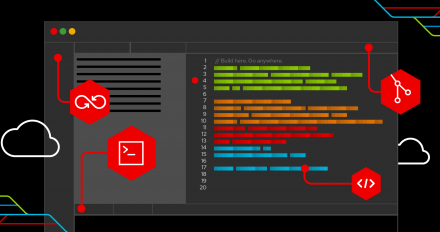
Build a bootable .NET 10 application using image mode for RHEL with Podman Desktop
Use Podman Desktop to create a bootable .NET 10-based application using image

Use Podman Desktop to create a bootable .NET 10-based application using image

Learn how to use the new RHEL 10 soft reboot feature in image mode (bootc) to significantly reduce downtime for OS updates.

Explore the top developer features in RHEL 9.7 that enhance the developer experience.

Discover the RHEL 10.1 new features and updates, designed to improve the developer experience.

Deploy image mode for Red Hat Enterprise Linux step-by-step using Kickstart, a

Use Podman Desktop to create a bootable Flask-based application using image mode

Learn how to locally build and run a bootable container (bootc) image in Podman

Discover how a new rpm-ostree feature helps reduce bootc system update size by allowing users to assign individual files to specific layers in the output image.

Use Podman Desktop to create a bootable Django-based application using image

Pick a topic below that interests you, then go through one of the self-paced tutorials!

Learn how the 3-way merge works in Red Hat Enterprise Linux image mode, and explore how bootc and OSTree merge local /etc files with new images.

Learn how to deploy image mode updates for Red Hat Enterprise Linux in air-gapped or offline environments using Podman, Skopeo, and external storage.

The landscape of Linux operating system deployment is transforming with bootc

Try these RHEL deployment tactics for edge and IoT environments to build a leaner system.

Discover the new features and tools in RHEL 10.

Pick a topic below that interests you, then go through one of the self-paced tutorials!

This article elaborates on the various use cases for embedding containers and provides examples of templates.

Learn how to run RHEL 10 on Windows as a Windows Subsystem for Linux distribution using Red Hat Enterprise Linux image builder.

Discover a simple way to provision a bootc system with the new system-reinstall-bootc tool and install a bootc image from within an existing package mode system.

This article addresses the reasons for and against creating bootc images from scratch.

Learn how to integrate instances into an organization's identity domain using RHEL and the Red Hat Lightspeed image builder tool (part 3 of 3).

Learn how to register IdM deployment with RHEL domain join feature (part 2 of 3).

Pick a topic below that interests you, then go through one of the self-paced tutorials!

Learn how RHEL systems roles and image mode work together as well as how to migrate existing roles.

Pick a topic below that interests you, then go through one of the self-paced tutorials!